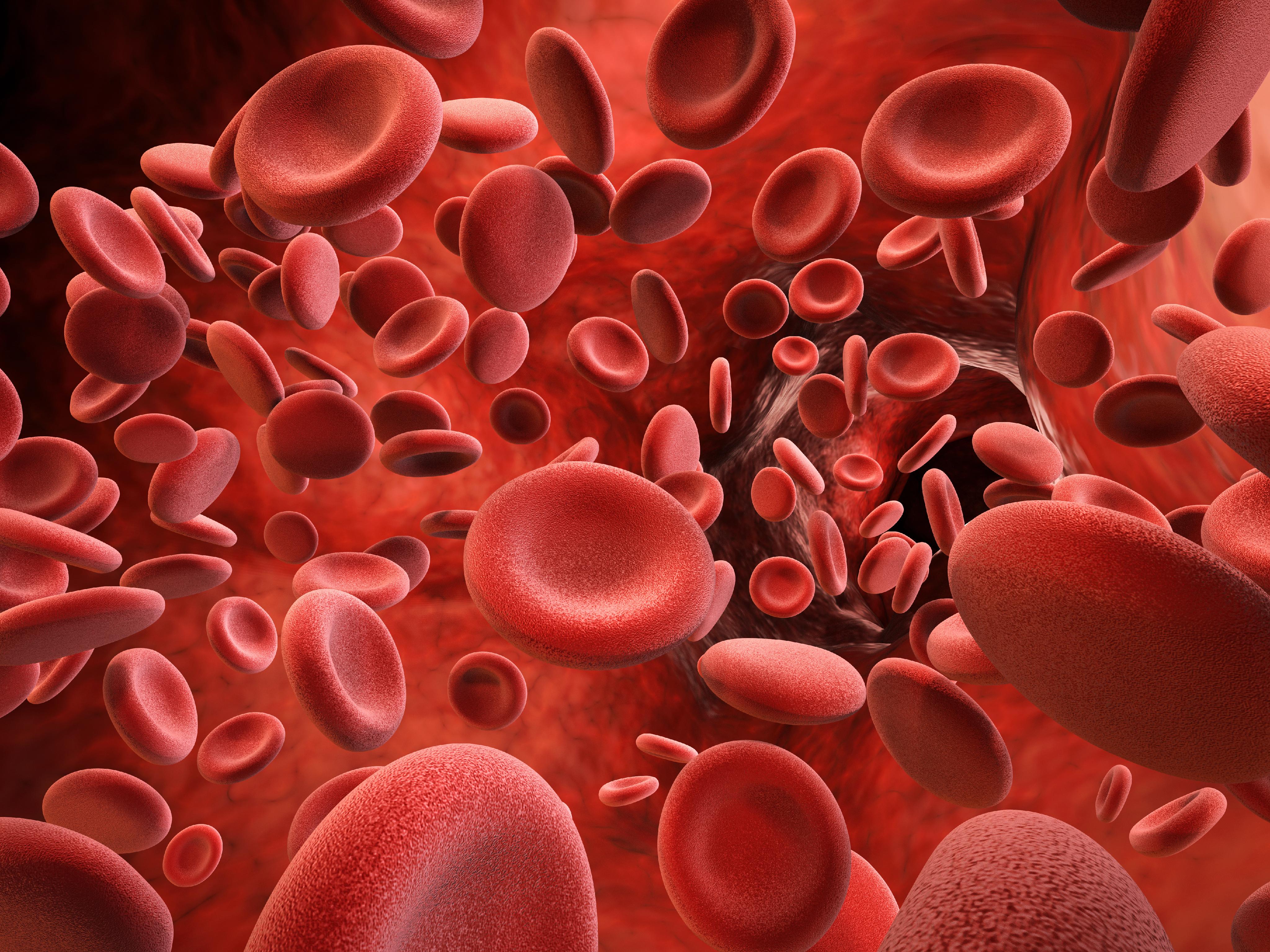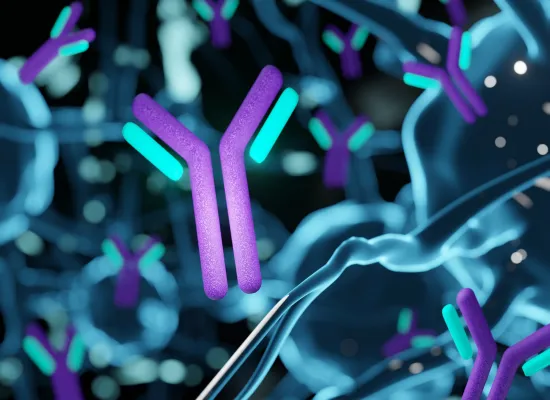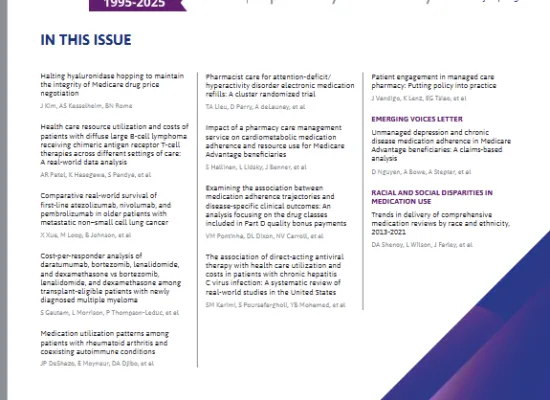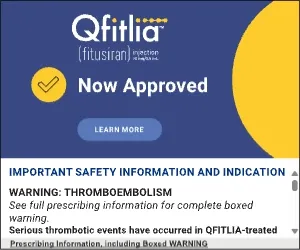
Hemophilia Resources

Hemophilia Resources
Hemophilia is a disorder where the blood does not clot properly. This is due to the body not having enough blood-clotting proteins. This can lead to spontaneous bleeding as well as bleeding following injuries or surgery. They are two types of hemophilia. Hemophilia A and Hemophilia B. Hemophilia A is caused by the lack of low level or clotting factor VIII. Hemophilia B is caused by the lack or low level of clotting factor IX.
Signs and symptoms of hemophilia include:
- Bleeding into the joints, mainly knees, elbows, and ankles
- Bleeding into the skin (bruising) or muscle and soft tissue which in turn causes a buildup of blood in the area (hematoma)
- Bleeding of the mouth and gums
- Nosebleeds without a known cause
- Unusual bleeding after vaccinations
- Blood in urine or stool
Hemophilia is usually inherited, which means that a person is born with the disorder. The faulty gene for hemophilia is with the X chromosome. Hemophilia also can be acquired as well.
It can be associated with
- Pregnancy
- Autoimmune Conditions
- Cancer
- Multiple Sclerosis
- Drug Reactions’
To diagnose hemophilia, doctors perform a blood test to show if the blood is clotting properly. If not, clotting factor tests are used to show the type of hemophilia and severity. To treat hemophilia A and B is to replace the missing blood clotting factor. This is done by infusing commercially prepared clotting concentrates. By performing prophylaxis, the individual can prevent most bleeding episodes.
Journal of Managed Care + Specialty Pharmacy
- A Systematic Review of Cost-Effectiveness Analyses of Gene Therapy for Hemophilia Type A and B. Journal of Managed Care + Specialty, 2024, Sep;30(10):1178-1118.
- Health Care Costs and Resource Use of Managing Hemophilia A: A Targeted Literature Review. Journal of Managed Care + Specialty, 2023 Jun;29(6):647-658.
- Assessing Health Care Resource Use, Outcomes, and Costs Among Medicaid Beneficiaries Receiving Factor IX Prophylaxis for Hemophilia B. Journal of Managed Care + Specialty, 2024 Jun;30(6):1095-1105.
- Evaluation of Clinical Characteristics, Health Care Resource Utilization, and Cost Outcomes of Hemophilia A Carriers and Noncarriers in the United States: A Real-World Comparative Analysis. Journal of Managed Care + Specialty, 2023 Jun;29(6):626-634.
- Health Care Utilization and Expenditures of Parents of Children With and Without Hemophilia A. Journal of Managed Care + Specialty, 2022 Apr;28(4):529-537.
Additional Publications
- Gene Therapy for Hemophilia. Nathwani A C. Hematology, American Society of Hematology, Educational Program, 2022, Sep. doi: 10.1182/hematology.2022000388.
- Hemophilia Gene Therapy: First, Do No Harm. Valentio L A, Kaczmarek R, Pierce G F, et al. Journal of Thrombosis and Haemostasis: JTH, 2023, Sep. doi: 10.1016/j.jtha.2023.06.016.
- Diagnosis and Laboratory Monitoring of Acquired Hemophilia A. Platton S, Sivapalaratnam S, Raheja P, et al. Hematology. American Society of Hematology Education Program, 2023, Dec. doi: 10.1182/hematology.2023000460.
- Foundations of Hemophilia and Epidemiology. Paris L Q, et al. Blood Coagulation & Fibrinolysis: An International Journal in Haemostasis and Thrombosis, 2023, Jun. doi: 10.1097/MBC.0000000000001222.
- Clinical Burden of Hemophilia in Older Adults: Beyond Bleeding Risk. Hodroj M H, Hasbani G E, Al-Shamsi H O, et al. Blood Reviews, 2022, May. doi: 10.1016/j.blre.2021.100912.
Sponsored by Sanofi
Featured News & Resources
See Full CalendarAMCP Southwest Day of Education
Award Applications Open
Upcoming Events
AMCP offers a wide variety of educational opportunities, from events and webinars to online training.









